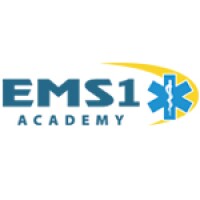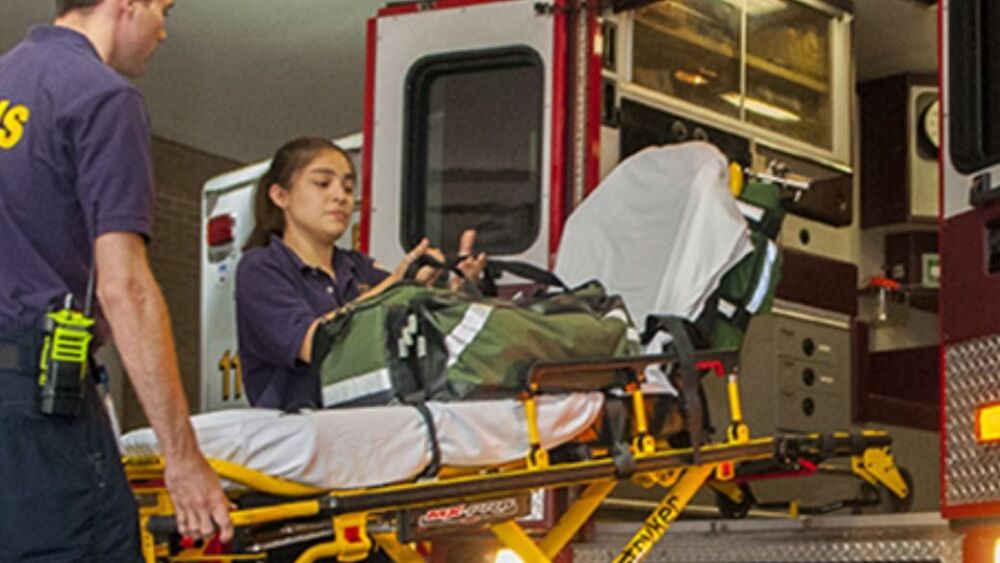The EMS1 Academy features “Module 14: Critical Thinking and Clinical Decision Making,” a one-hour accredited course for emergency services personnel. Visit the EMS1 Academy for more information.
Do you remember learning how to drive? Who taught you how to use the brakes, accelerator, clutch (remember those?), steering wheel and turn signals? For those of you from California, turn signals are something that many people find useful to communicate their driving action before they take it. But I digress. For me, it was the lady across the street who taught me to drive, because my parents were too nervous to do it themselves.
She would take me to a big parking lot on Sundays when the store was closed and there was nothing in the lot for me to run into. Her green mustang had a stick shift. It didn’t take long for me to even out the lurching to a smooth start and stop.
Soon, we were driving around the neighborhood. When I think back on that experience, and when you think back on yours, it’s something that we know we experienced; it happened in the past. Neuroscientists call that explicit memory. It lives primarily in the hippocampus part of the brain.
On the other hand, I drove to the airport this morning to catch my flight to New York. It’s memory that allowed me to start and drive my Prius, properly using the turn signals from my home to the Santa Barbara airport. It’s memory that allows you to drive your car too, but I suspect that you don’t think of it as remembering how much pressure on the accelerator it takes to make your car go.
You just know how to do it; you just drive. This type of memory is called implicit memory. It probably lives somewhere in the frontal lobes of your neo-cortex.
5 ways to increase knowledge retention
When it comes to building a new skill, like driving a car, playing the guitar, assessing a patient or negotiating a contract, there are some other aspects of neuroscience that are interesting. Here are some of the neuroscience principles that help learning:
-
You’ll remember things better when you’re well rested. Yes, that means that holding over-exhausted crews to attend the mandatory CE session is unlikely to result in any actual learning.
-
Good quality sleep enhances the integration of what you’ve learned into your memory. This is the sleep that happens after learning. A good deep and restful 7-9 hours of sleep within 30 hours of learning something helps integrate it into long-term memory.
-
You’ll learn more if you put the information into practice soon after or while you’re learning. Our 8-year-old son remembers math better after he’s used it to calculate how many more weeks of allowance he will need to buy his next dream LEGO set.
-
That old saying, “To teach is to learn twice” is true. If you teach someone what you’ve learned, you’ll remember it much better. When I’m reading something particularly exciting or listening to a great presentation, I’ll open a new slide deck and take notes on what I’m going to share in my next class, presentation or article. It helps me pay attention at a much deeper level, knowing that I’m going to teach what I’m learning.
-
Your retention increases dramatically when you are re-exposed to what you’re learning five or six times with a bit of space in between each exposure. This is known as “the spacing effect” and it’s the antidote to forgetting. In the late 19th Century, German psychologist Hermann Ebbinghaus created what’s commonly known as the “Forgetting Curve.” He performed a series of memory experiments, first on himself and then with others. He found then when you’re exposed to new information once, you’ll forget 80% of it within a few days. If you revisit it the next day, you’ll only forget 60%. And if you actively revisit it five times over a couple of weeks, you can retain over 90%.
If you look at this list and compare it to the primary and continuing education we provide folks in our profession, we’ve really missed the boat in EMS. When it comes to teaching important leadership and clinical competencies like relationship building, trust building, empathy, compassion, self-defense, differential diagnosis of abdominal pain or reading a 12-lead EKG, we tend to put tired people in a room for a two- or three-day workshop. Then we lecture at them for hours on end, often with slides designed to tranquilize a rhinoceros. And then we wonder why people are still having problems with conflict even after the conflict management workshop.
It’s time for us to apply the principles of neuroscience, memory and optimal learning to the way we teach our teammates and how we learn ourselves. It would be great to have learning systems that build implicit knowledge for the things that really make a difference for what our teams do every day.
[Rom Duckworth shared his top tips, ideas and resources for improving initial and ongoing EMS education at EMS World Expo. Read: Dozens of tips for EMS educators and training officers]














